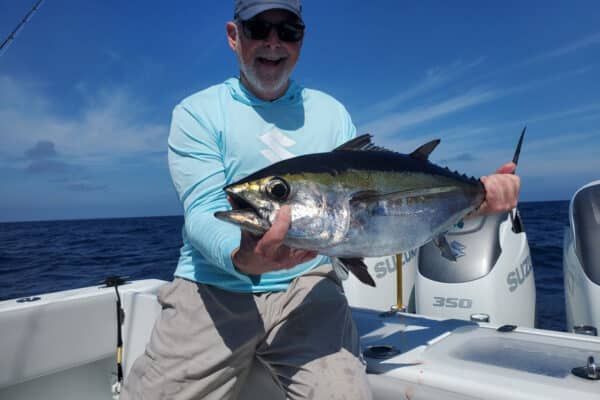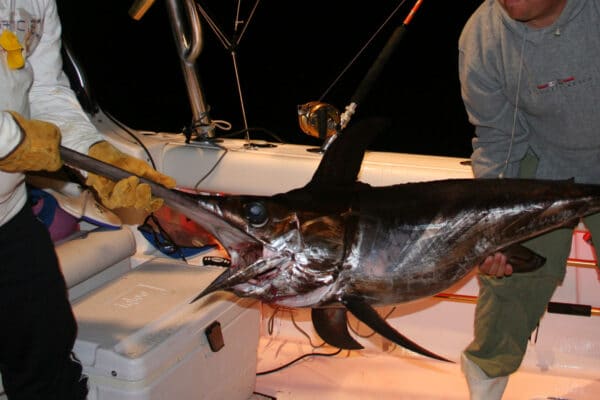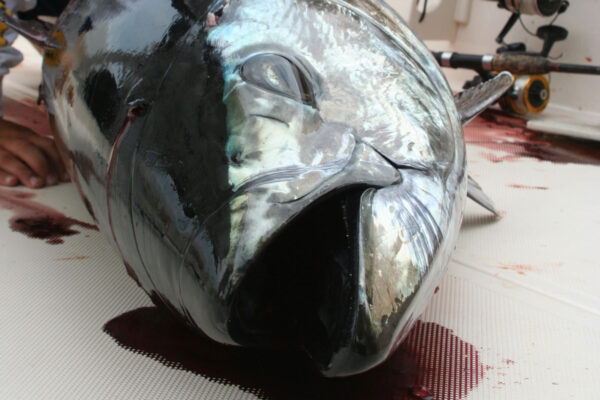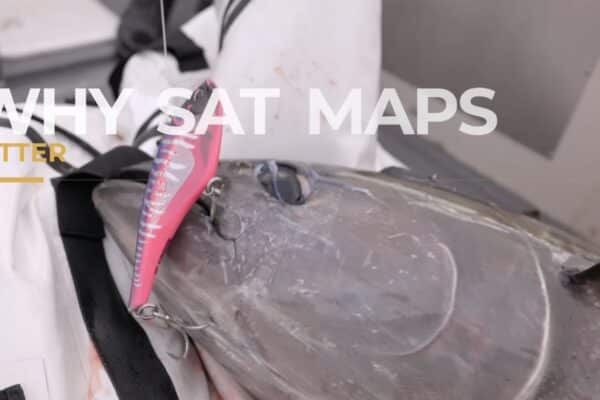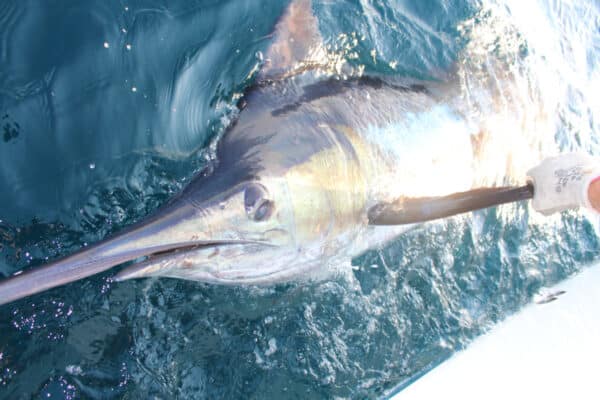In this detailed SatFish tutorial, Captain Ali Hussainy from Local Knowledge breaks down exactly how to interpret Sea Surface Temperature (SST) and Chlorophyll maps to locate productive offshore fishing zones. Learn the differences between High-Definition SST, 3-day Composite SST, and the Cloud-Free SST charts, and understand when to use each to maximize your fishing trips. Ali explains how combining SST with Chlorophyll data helps identify clear, fish-rich water, avoiding costly mistakes like running long distances to murky, lifeless zones. He also shares special tips for analyzing true-color imagery maps, essential for tracking water clarity and currents in locations like the Gulf of Mexico and Cabo San Lucas. Whether you’re targeting tuna, marlin, dorado, or wahoo, mastering these map-reading skills will significantly enhance your offshore fishing effectiveness.
What you’ll learn in this video:
- How to interpret High-Definition SST & Chlorophyll maps
- The benefits of 1-day and 3-day composite maps
- Understanding cloud-free SST maps during low-visibility conditions
- Identifying productive fishing edges, currents, and clean water zones
- Practical tips for logging data and improving future offshore trips

